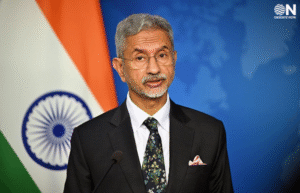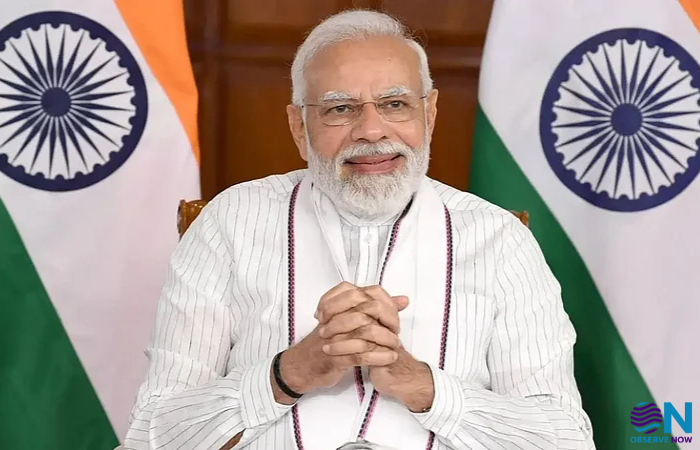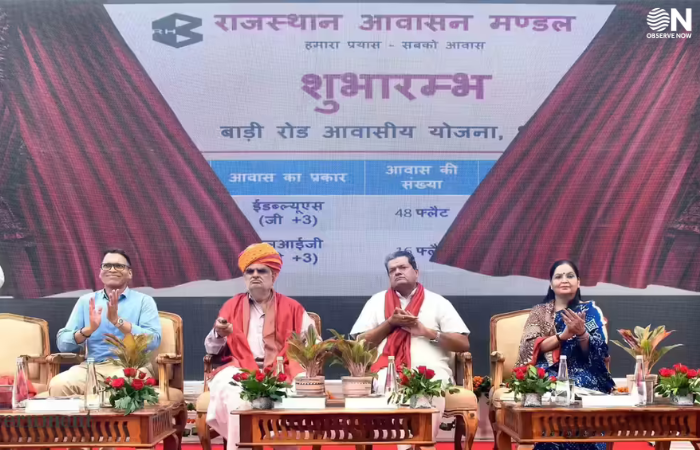Salesforce’s Agentforce for Public Sector Aims to Make Government Services Truly 24/7
Salesforce has introduced Agentforce for Public Sector, a secure agentic AI platform designed to modernize how governments deliver services. With FedRAMP High authorization, it meets rigorous U.S. security standards and can be deployed for both internal and citizen-facing workflows. Early pilots, including the City of Kyle in Texas, use AI agents to triage constituent complaints, perform compliance checks, route permits, and assist with recruitment tasks that often overwhelm small teams.
What sets Agentforce apart is accountability by design. Every agent action is logged, permissions are enforced, and data sources are referenced so decisions are explainable and auditable. The system avoids “black box” automation by keeping humans in the loop: agents draft responses, pre-fill forms, summarize case files, and recommend next steps that officials approve. This copilot pattern improves throughput while reducing risk, because policies and escalation rules constrain what agents can do.
If pilots scale, residents could file a complaint at midnight and see progress by morning. Hiring managers might screen qualified applicants in hours rather than weeks, and compliance teams could scan more evidence across emails, PDFs, and reports without adding headcount. Salesforce plans additional agents focused on job matching and benefits applications, which target high-impact programs where speed and accuracy matter most. Success will depend on clean data, staff training, and clear guardrails, but the direction is clear: faster, fairer, and measurably better service. For agencies juggling budget pressures and rising expectations, Agentforce offers a pragmatic way to compress cycle times while keeping accountability intact. With careful implementation, Agentforce could make government service faster, fairer, safer, more reliable, and measurably more responsive overall today.


















